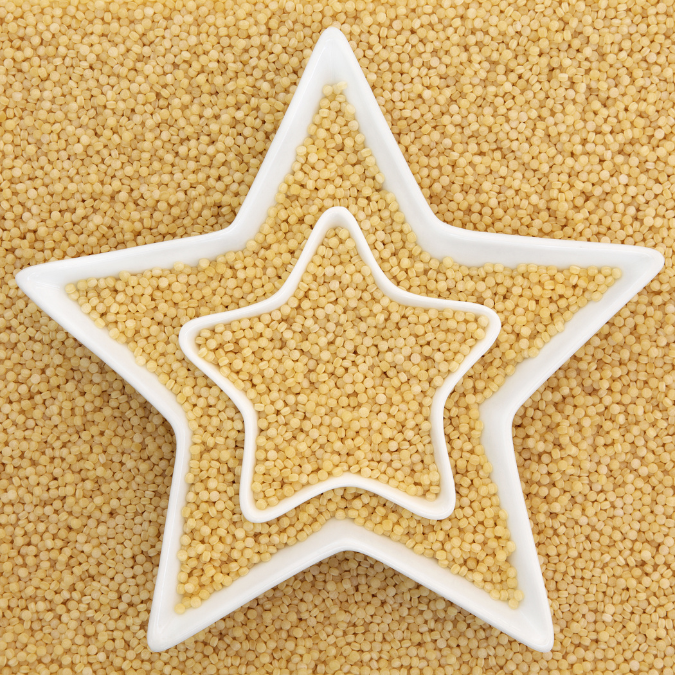The culinary landscape is vast, with grains playing a central role in many global cuisines. As awareness and prevalence of gluten sensitivities and celiac disease rise, the spotlight often shines on various grains and their gluten content. One grain that sparks curiosity is pearled couscous. The burning question: “Is pearled couscous gluten-free?” Let’s explore this in detail.
Pearled Couscous: What’s in a Name?
Also known as Israeli couscous, Ptitim, or giant couscous, pearled couscous is different from the smaller-grained North African couscous that many might be familiar with. It’s made from wheat flour and water, shaped into small balls, and then toasted. This toasting gives it a slightly nutty flavor and a chewy texture.
Gluten 101
Gluten is a protein found primarily in wheat, barley, and rye. For those with conditions like celiac disease or non-celiac gluten sensitivity, consuming gluten can lead to various adverse health reactions, making it essential to determine which foods are safe to consume.
Is Pearled Couscous Gluten-Free?
Given its primary ingredient, the straightforward answer is no, pearled couscous is not gluten-free. Here’s the breakdown:
- Main Ingredient is Wheat: As mentioned, pearled couscous is made from wheat flour. Wheat is one of the primary sources of gluten, which means that standard pearled couscous contains gluten.
- Gluten-Free Varieties: Due to the rising demand for gluten-free products, some manufacturers are producing alternative versions of couscous from grains like corn or rice. While these might be gluten-free, they can differ in taste and texture from traditional pearled couscous.
Navigating the Gluten-Free World
- Always Check Labels: While traditional pearled couscous contains gluten, always read product labels. This will confirm ingredients and may provide information about potential cross-contamination risks.
- Cross-Contamination: Even gluten-free versions of products can be contaminated if they’re processed in facilities that handle gluten-containing grains. Those with high sensitivities should look for products certified as gluten-free.
- Alternative Grains: If you’re looking for similar textures but without gluten, consider grains like quinoa or rice. While they won’t mimic the exact experience of pearled couscous, they can be delightful substitutes in many recipes.
In Conclusion
Traditional pearled couscous, with its wheat foundation, is not suitable for a gluten-free diet. However, with a bit of research and creativity, there are alternative grains and gluten-free versions available for those who wish to enjoy similar culinary experiences without gluten. Knowledge is power, and in the realm of gluten-free living, it’s also deliciousness. Happy eating!
